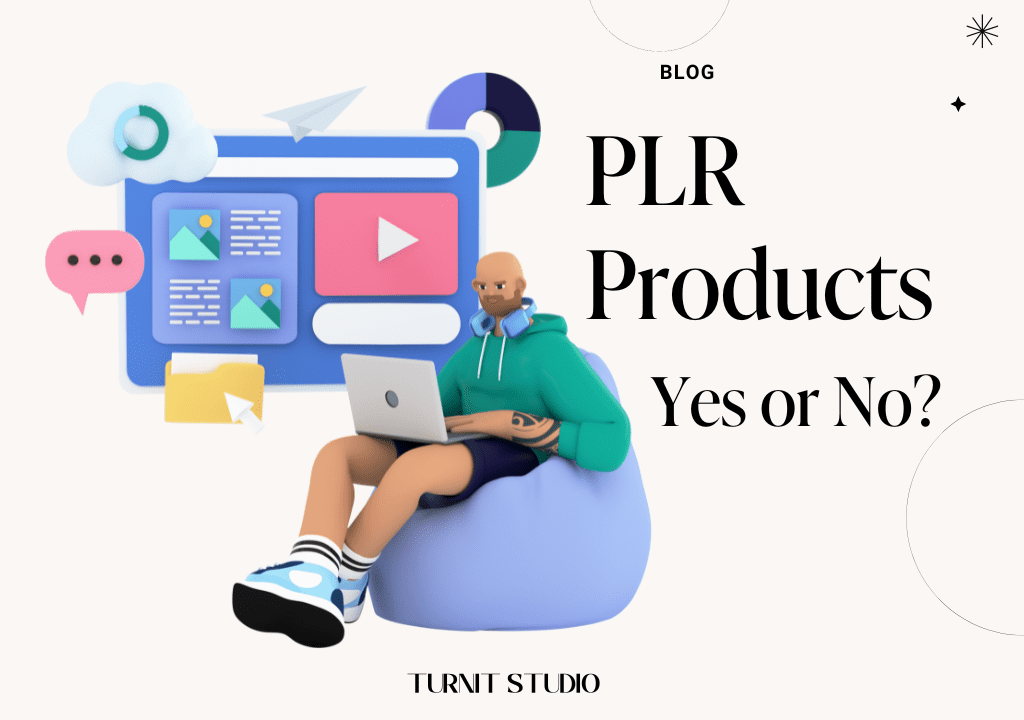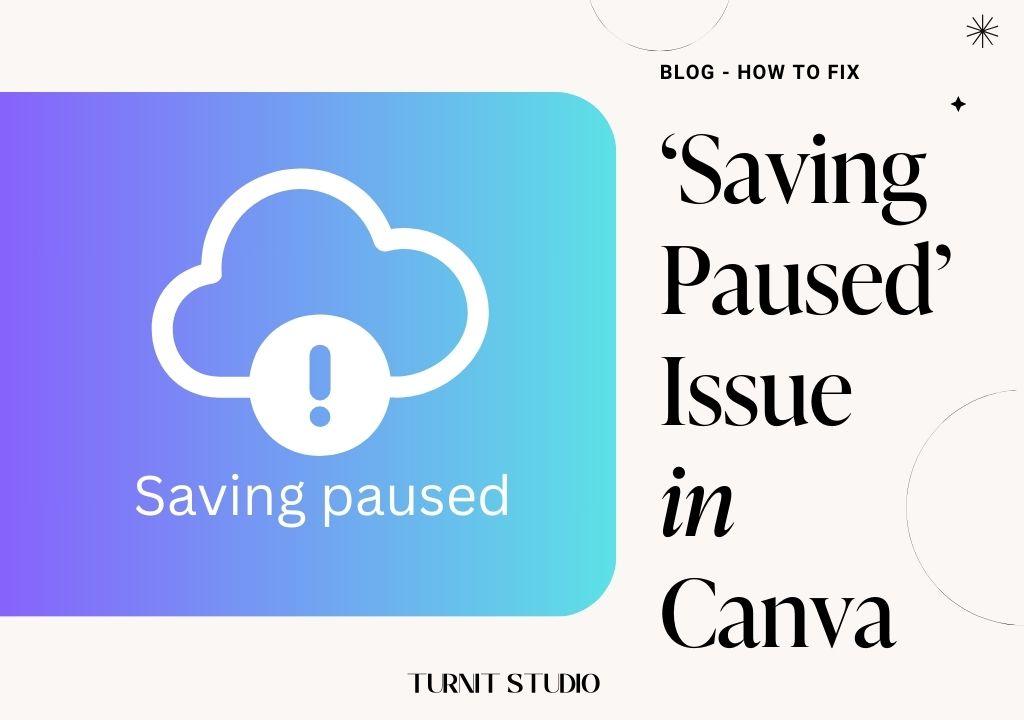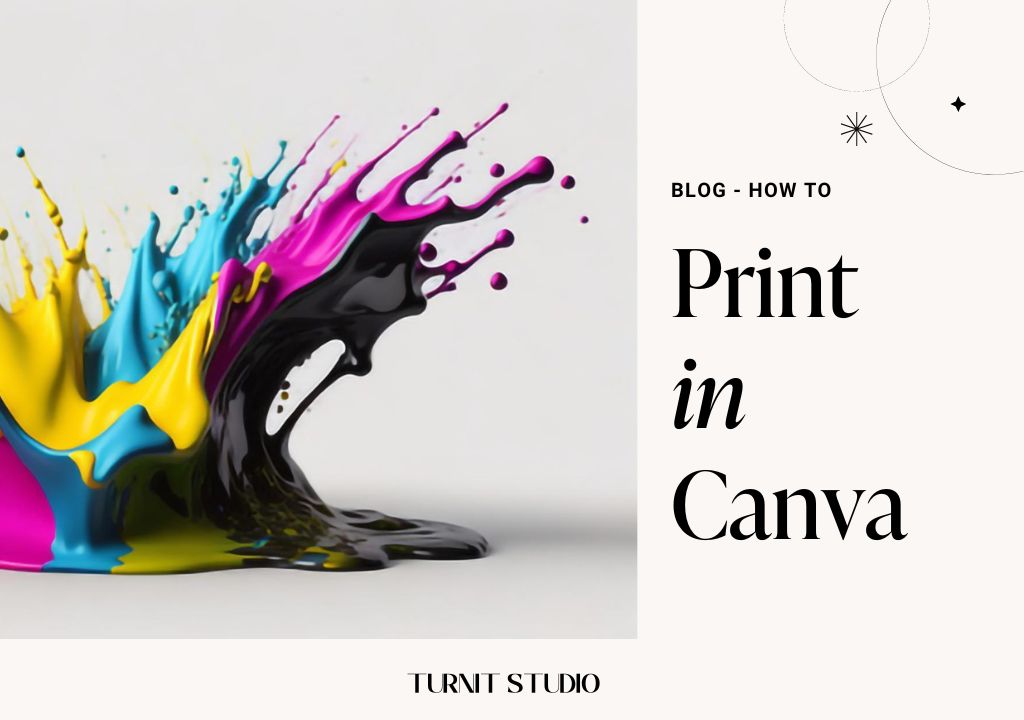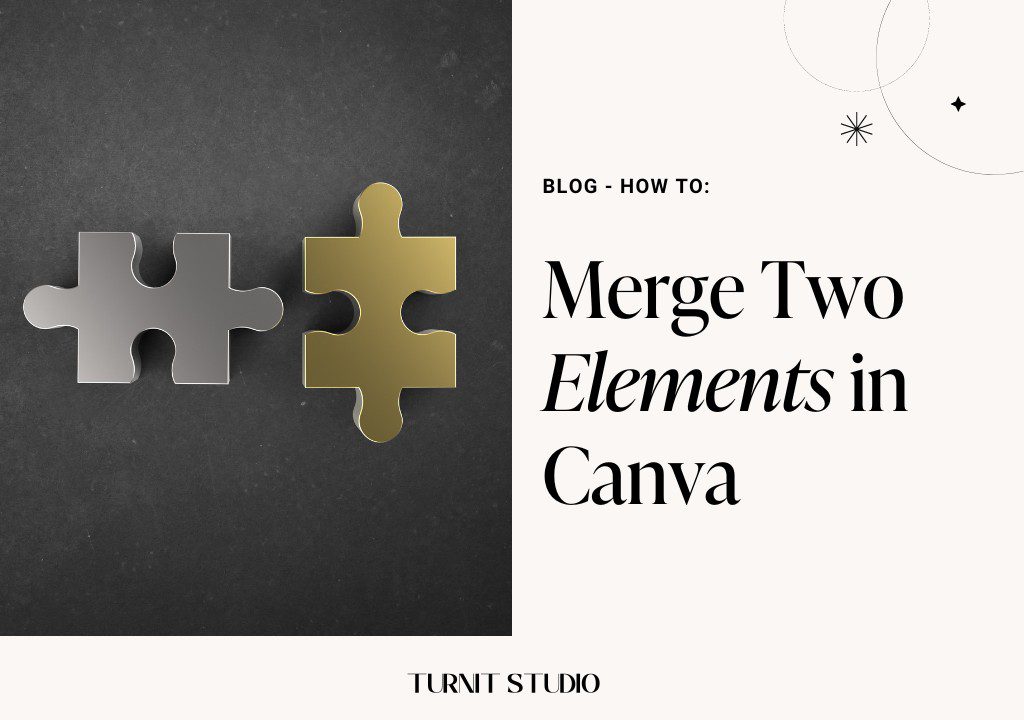Blog
How to Use Canva in WordPress
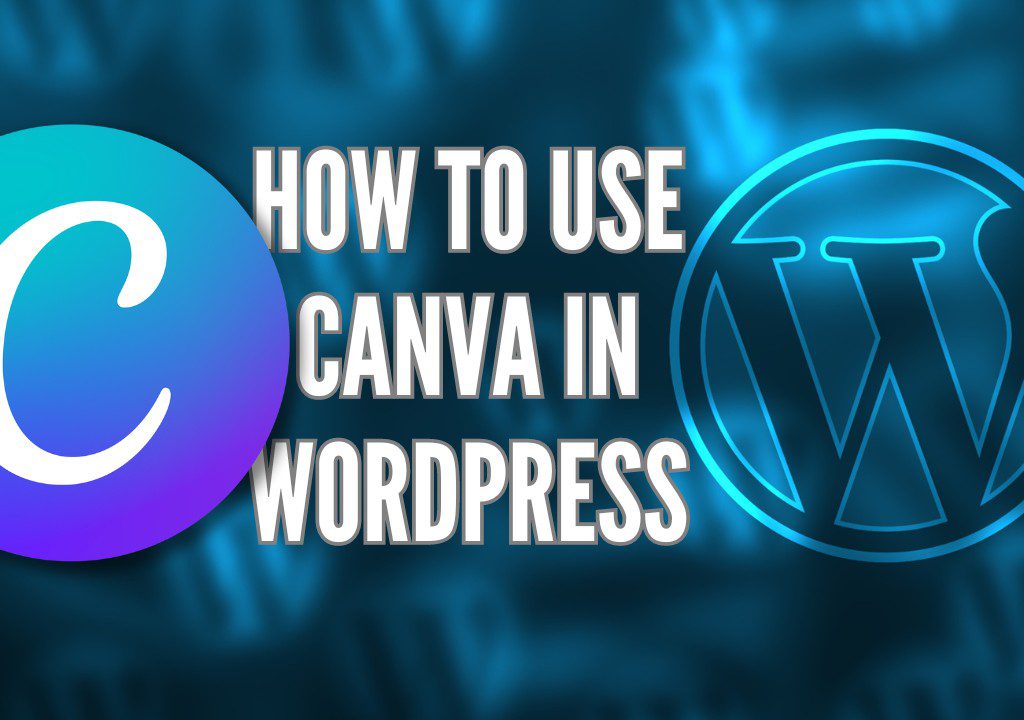
In the world of making websites, combining handy design tools like Canva with flexible platforms like WordPress gives you lots of ways to be creative. Whether you’ve been running a website for a while or you’re new to the online scene, using Canva with WordPress can make your site look better and get more people interested in it.
WordPress is a popular website creation platform that allows users to build and manage their websites with ease. It offers a wide range of customizable themes, plugins, and features to create various types of websites, from blogs and portfolios to e-commerce stores and business websites.
The Canva plugin for WordPress is a tool that integrates Canva’s design features directly into the WordPress platform. It allows users to access Canva’s extensive library of templates, design elements, and editing tools within their WordPress dashboard. With the Canva plugin, users can create and customize graphics, images, and other visual content seamlessly without leaving their WordPress site.
IN THIS ARTICLE
Canva with WordPress
Adding the Cana Plugin: Step-by-Step Guide
Step 1: Navigate to the "Plugins" section in your WordPress dashboard
To get started, log in to your WordPress dashboard. On the left-hand side menu, you’ll see a tab labeled “Plugins.” Click on it to access the plugins page.
Step 2: Click on "Add New" and search for "Canva" in the plugin repository
Once you’re on the plugins page, you’ll see an “Add New” button at the top. Click on it, and you’ll be taken to the plugin repository. In the search bar, type “Canva” and hit enter. The Canva plugin should appear in the search results.
Step 3: Install and activate the Canva plugin
Once you’ve found the Canva plugin, click on the “Install Now” button next to it. WordPress will then download and install the plugin for you automatically. After the installation is complete, you’ll see an “Activate” button. Click on it to activate the Canva plugin on your website.
Step 4: Connect your Canva account to WordPress by following the prompts
After activating the plugin, you’ll be prompted to connect your Canva account to WordPress. Click on the “Connect” or “Authorize” button, and you’ll be redirected to Canva’s website. Log in to your Canva account (or sign up if you don’t have one), and follow the on-screen instructions to authorize the connection between Canva and WordPress.
Step 5: Voila! You're now ready to explore the myriad design possibilities that Canva offers directly within your WordPress dashboard
Once you’ve connected your Canva account, you’re all set to start using the Canva plugin in your WordPress dashboard. You can now access Canva’s extensive library of templates, design elements, and editing tools directly within WordPress, making it easier than ever to create stunning visual content for your website.
Canva in WordPress: Designing with Ease
Alternatively, if you prefer to design in Canva’s intuitive interface and then seamlessly integrate your creations into WordPress, follow these steps:
1- Start by logging into your Canva account or sign up for free if you haven't already
If you already have a Canva account, simply log in using your credentials. If not, you can sign up for a free account in just a few easy steps.
2- Browse through Canva's extensive library of templates or start with a blank canvas
Once you’re logged in, you’ll be greeted by Canva’s vast collection of templates for various purposes. You can browse through these templates to find one that suits your needs, or you can start with a blank canvas and unleash your creativity from scratch.
3- Design your desired graphic, ensuring that it aligns with your website's branding and content objectives
Whether you’re customizing a template or starting from scratch, design your graphic with your website’s branding and content objectives in mind. Choose appropriate colors, fonts, and imagery that align with your website’s theme and messaging.
4- Once your design is complete, click on the "Download" button and select the appropriate file format (e.g., PNG, JPEG, PDF)
After putting the finishing touches on your graphic, click on the “Download” button located at the top right corner of the Canva interface. Choose the file format that best suits your needs, such as PNG for high-quality images or PDF for documents.
5- Now, head over to your WordPress dashboard and navigate to the desired page or post where you want to insert your Canva design
Log in to your WordPress dashboard and navigate to the page or post where you want to insert your Canva design. Click on “Pages” or “Posts” from the left-hand menu and select the appropriate page or post from the list.
6- Click on the "Add Media" button and upload the downloaded Canva file
Once you’re on the page or post editor screen, click on the “Add Media” button located above the text editor. Upload the Canva file that you downloaded earlier from your computer.
7- Insert the image into your page or post, and adjust the alignment and size as needed
After uploading the Canva file, select it from the media library and click on the “Insert into post” button. The image will be inserted into your page or post, and you can adjust its alignment and size using the options provided.
8- Preview your changes to ensure that the design integrates seamlessly with your website's layout
Tips and Tricks for Mastering Canva in WordPress
Q&A: Exploring Canva in WordPress
How does integrating Canva with WordPress benefit website owners?
Integrating Canva with WordPress offers several benefits for website owners:
- Streamlined Design Process: Canva provides a user-friendly interface and a vast library of design elements, allowing website owners to create visually appealing graphics quickly and easily.
- Enhanced Visual Appeal: By incorporating Canva designs into their WordPress websites, owners can enhance the visual appeal of their content, making it more engaging and memorable for visitors.
- Brand Consistency: With Canva, website owners can customize templates to match their branding guidelines, ensuring consistency across all visual assets.
- Time and Cost Savings: Canva’s pre-designed templates and intuitive editing tools help save time and resources, making it a cost-effective solution for creating professional-looking graphics.
- Increased User Engagement: High-quality visuals created with Canva can help capture visitors’ attention and encourage them to explore further, ultimately leading to higher user engagement and interaction on the website.
Are there any limitations to using the Canva plugin in WordPress?
While the Canva plugin offers numerous benefits, there are some limitations to be aware of:
- Limited Editing Features: The Canva plugin within WordPress may not offer the full range of editing features available on the Canva website. Some advanced editing options and functionalities may be limited or unavailable.
- Dependency on Internet Connection: Using the Canva plugin requires an internet connection, as it relies on accessing Canva’s online platform for design creation and editing.
- Compatibility Issues: The Canva plugin may not be fully compatible with all WordPress themes and plugins, leading to potential display or functionality issues.
- Storage Restrictions: Canva designs created within WordPress are typically stored on Canva’s servers, which may have storage limitations for free accounts. Upgrading to a paid Canva plan may be necessary for larger storage needs.
Can I customize Canva templates to suit my website's branding?
Yes, Canva allows you to customize templates to align with your website’s branding guidelines:
- Brand Colors: You can easily customize the colors of Canva templates to match your website’s brand colors. Simply select the design element you want to change and choose a custom color or enter the hexadecimal code for your brand color.
- Brand Fonts: Canva offers a wide selection of fonts, including many popular web fonts. You can choose fonts that align with your website’s typography and apply them to your designs.
- Brand Logos and Images: Upload your logo and other brand images to Canva, and incorporate them into your designs to maintain brand consistency.
- Brand Messaging: Customize text elements in Canva templates to convey your brand messaging and align with the tone and voice of your website.
What are the best practices for optimizing Canva designs for SEO in WordPress?
Optimizing Canva designs for SEO in WordPress involves several best practices:
- Image Optimization: Ensure that your Canva designs are saved in an SEO-friendly image format (e.g., JPEG or PNG) and appropriately compressed to reduce file size without sacrificing quality.
- Descriptive File Names: Use descriptive file names for your Canva designs that include relevant keywords related to your content or website niche.
- Alt Text: Provide descriptive alt text for images inserted into your WordPress posts or pages using Canva designs. Alt text helps search engines understand the content of the image and improves accessibility for users.
- Captions and Titles: Consider adding captions or titles to Canva designs where appropriate, incorporating relevant keywords to enhance SEO.
- Image Sitemap: Ensure that your WordPress website generates an image sitemap that includes URLs for Canva design images. Submit the image sitemap to search engines to improve indexation and visibility of your images in search results.
How can I ensure that Canva designs seamlessly integrate with my WordPress theme?
To ensure seamless integration of Canva designs with your WordPress theme, follow these tips:
- Consistent Styling: Customize Canva designs to match the styling and color scheme of your WordPress theme for a cohesive look and feel.
- Responsive Design: Design Canva graphics with responsiveness in mind, ensuring that they display well across various devices and screen sizes.
- Image Size Optimization: Optimize Canva design images for web use to reduce loading times and ensure compatibility with your WordPress theme’s layout and design.
- Test Across Devices: Preview Canva designs on different devices to ensure they display properly and maintain their visual integrity across various screen sizes and resolutions.
Are there any costs associated with using Canva in WordPress?
While Canva offers a free plan with basic features, there may be costs associated with using Canva in WordPress depending on your specific needs:
- Premium Canva Features: Access to advanced features, premium templates, and additional design elements may require a paid Canva subscription.
- Canva Pro Plan: Upgrading to a Canva Pro plan unlocks additional benefits, including increased storage capacity, access to premium content, and advanced collaboration features.
- WordPress Hosting: If you’re using WordPress as a self-hosted solution, there may be hosting costs associated with hosting your website, which indirectly impacts the cost of using Canva in WordPress.
Can I collaborate with team members on Canva designs within WordPress?
Yes, Canva offers collaboration features that allow you to work with team members on designs within WordPress:
- Shared Designs: Share Canva designs with team members directly within the Canva interface, allowing them to view, edit, and collaborate on designs in real-time.
- Commenting and Feedback: Leave comments and provide feedback on Canva designs, facilitating communication and collaboration among team members.
- Version History: Canva keeps track of version history for designs, allowing team members to revert to previous versions if needed and track changes over time.
How does Canva compare to other design tools available for WordPress?
Canva offers several advantages compared to other design tools available for WordPress:
- User-Friendly Interface: Canva’s intuitive interface and drag-and-drop functionality make it easy for users of all skill levels to create professional-looking designs.
- Extensive Template Library: Canva offers a vast library of templates for various purposes, including social media graphics, presentations, and marketing materials, giving users plenty of options to choose from.
- Collaboration Features: Canva’s collaboration features allow multiple users to work on designs simultaneously, making it ideal for team projects and collaboration.
- Seamless Integration: Canva integrates seamlessly with WordPress through plugins, allowing users to create and insert designs directly into their WordPress websites with ease.
Are there any security considerations when using the Canva plugin in WordPress?
While Canva takes measures to ensure the security of its platform and plugins, there are some security considerations to keep in mind when using the Canva plugin in WordPress:
- Plugin Updates: Keep the Canva plugin and other WordPress plugins up to date to ensure they are patched against security vulnerabilities and potential exploits.
- Secure Authentication: Use strong, unique passwords for your WordPress and Canva accounts, and consider enabling two-factor authentication for added security.
- Data Privacy: Be mindful of the data shared between Canva and WordPress when using the plugin, and review Canva’s privacy policy to understand how your data is handled and protected.
Can I use Canva designs across multiple WordPress websites?
Yes, you can use Canva designs across multiple WordPress websites.
Conclusion
In conclusion, integrating Canva with WordPress offers website owners a powerful combination of design versatility and content management capabilities. By leveraging Canva’s intuitive interface, extensive template library, and collaboration features, users can create visually stunning graphics that seamlessly integrate with their WordPress websites. Whether designing social media graphics, blog banners, or marketing materials, Canva empowers users to elevate their online presence and engage their audience effectively.
While the Canva plugin for WordPress streamlines the design process and enhances workflow efficiency, it’s essential to be mindful of potential limitations and security considerations. By adhering to best practices for optimization, customization, and collaboration, website owners can maximize the benefits of using Canva in WordPress while safeguarding their website’s integrity and security.
Overall, the synergy between Canva and WordPress unlocks a realm of creative possibilities, enabling website owners to captivate their audience with visually compelling content and establish a memorable online presence. Whether you’re a seasoned website owner or just starting your digital journey, integrating Canva with WordPress empowers you to create, innovate, and leave a lasting impression in the ever-evolving landscape of online content creation.


